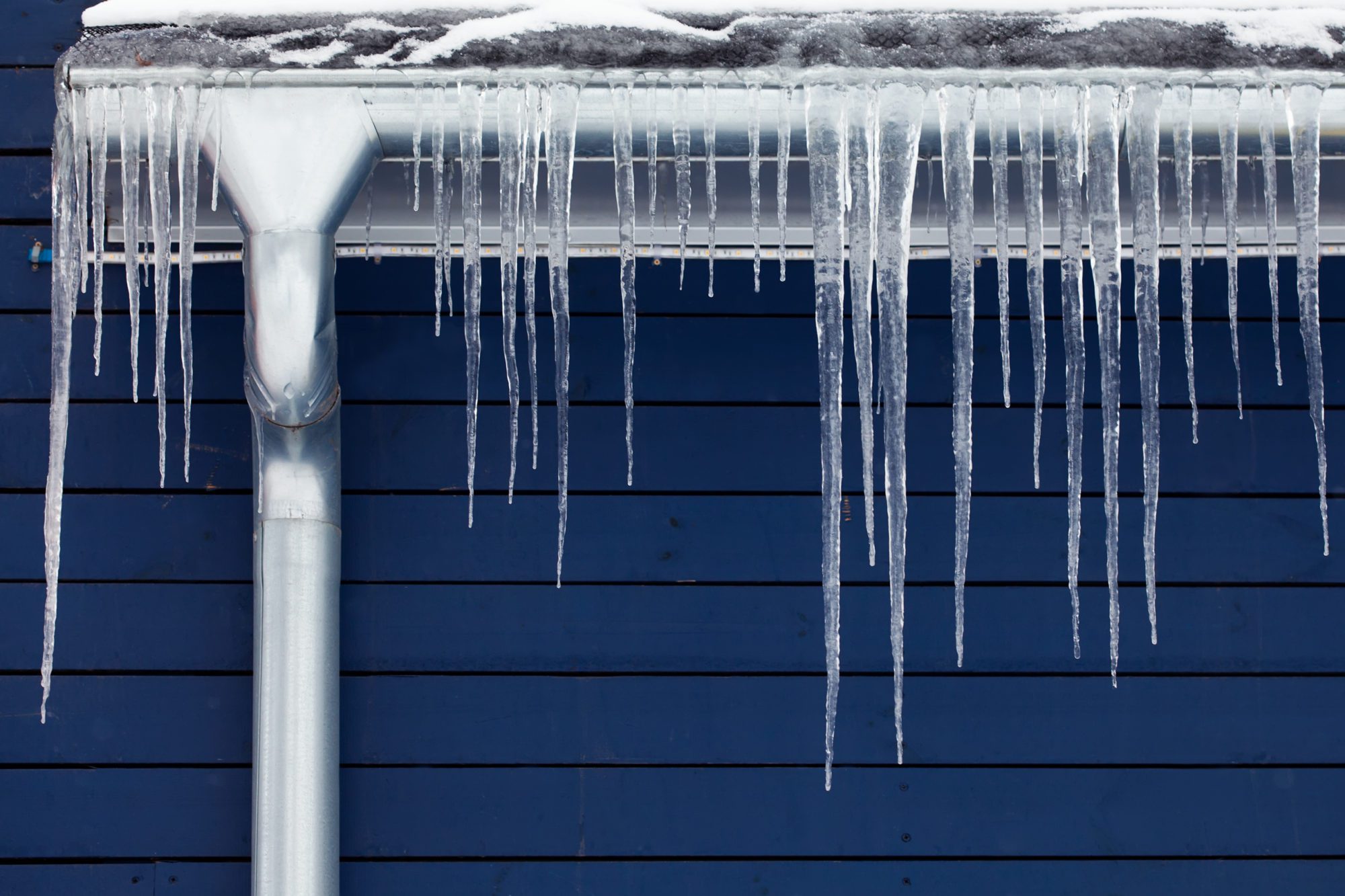Important Advice to Prevent Frozen Plumbing in Cold Weather: Professional Insights
Important Advice to Prevent Frozen Plumbing in Cold Weather: Professional Insights
Blog Article
What're your opinions with regards to How to Prevent Your Pipes From Freezing?

Cold weather can wreak havoc on your pipes, specifically by freezing pipelines. Below's how to prevent it from taking place and what to do if it does.
Intro
As temperature levels drop, the threat of frozen pipes increases, potentially causing pricey repairs and water damages. Understanding how to avoid icy pipes is crucial for homeowners in chilly climates.
Prevention Tips
Insulating vulnerable pipelines
Cover pipes in insulation sleeves or use heat tape to protect them from freezing temperatures. Concentrate on pipelines in unheated or exterior locations of the home.
Home heating techniques
Keep interior areas effectively warmed, specifically areas with pipes. Open cupboard doors to enable cozy air to circulate around pipes under sinks.
How to determine icy pipelines
Try to find lowered water circulation from taps, uncommon smells or noises from pipes, and noticeable frost on revealed pipelines.
Long-Term Solutions
Architectural changes
Consider rerouting pipes far from exterior wall surfaces or unheated locations. Include extra insulation to attic rooms, basements, and crawl spaces.
Updating insulation
Buy top quality insulation for pipelines, attic rooms, and wall surfaces. Proper insulation aids maintain consistent temperature levels and minimizes the danger of icy pipelines.
Safeguarding Exterior Pipes
Yard pipes and outdoor faucets
Separate and drain yard pipes prior to wintertime. Mount frost-proof spigots or cover exterior faucets with insulated caps.
Understanding Frozen Pipes
What creates pipes to freeze?
Pipelines freeze when subjected to temperature levels below 32 ° F (0 ° C) for extended periods. As water inside the pipes freezes, it broadens, putting pressure on the pipeline wall surfaces and possibly triggering them to rupture.
Risks and problems
Icy pipes can lead to supply of water disruptions, residential or commercial property damages, and expensive repair work. Burst pipes can flood homes and trigger extensive architectural damages.
Signs of Frozen Piping
Identifying frozen pipes early can stop them from breaking.
What to Do If Your Pipelines Freeze
Immediate activities to take
If you think frozen pipelines, keep taps available to alleviate pressure as the ice thaws. Utilize a hairdryer or towels soaked in warm water to thaw pipelines slowly.
Final thought
Preventing icy pipes calls for proactive measures and fast reactions. By understanding the reasons, indicators, and safety nets, property owners can shield their pipes during cold weather.
5 Ways to Prevent Frozen Pipes
Drain Outdoor Faucets and Disconnect Hoses
First, close the shut-off valve that controls the flow of water in the pipe to your outdoor faucet. Then, head outside to disconnect and drain your hose and open the outdoor faucet to allow the water to completely drain out of the line. Turn off the faucet when done. Finally, head back to the shut-off valve and drain the remaining water inside the pipe into a bucket or container. Additionally, if you have a home irrigation system, you should consider hiring an expert to clear the system of water each year.
Insulate Pipes
One of the best and most cost-effective methods for preventing frozen water pipes is to wrap your pipes with insulation. This is especially important for areas in your home that aren’t exposed to heat, such as an attic. We suggest using foam sleeves, which can typically be found at your local hardware store.
Keep Heat Running at 65
Your pipes are located inside your walls, and the temperature there is much colder than the rest of the house. To prevent your pipes from freezing, The Insurance Information Institute suggests that you keep your home heated to at least 65 degrees, even when traveling. You may want to invest in smart devices that can keep an eye on the temperature in your home while you’re away.
Leave Water Dripping
Moving water — even a small trickle — can prevent ice from forming inside your pipes. When freezing temps are imminent, start a drip of water from all faucets that serve exposed pipes. Leaving a few faucets running will also help relieve pressure inside the pipes and help prevent a rupture if the water inside freezes.
Open Cupboard Doors
Warm your kitchen and bathroom pipes by opening cupboards and vanities. You should also leave your interior doors ajar to help warm air circulate evenly throughout your home.

I was brought to that write-up about Preventing and dealing with frozen pipes through a good friend on a different site. Don't hesitate to take a moment to share this write-up if you appreciated it. I truly appreciate reading our article about How to prepare your home plumbing for winter weather.
Click Here Report this page